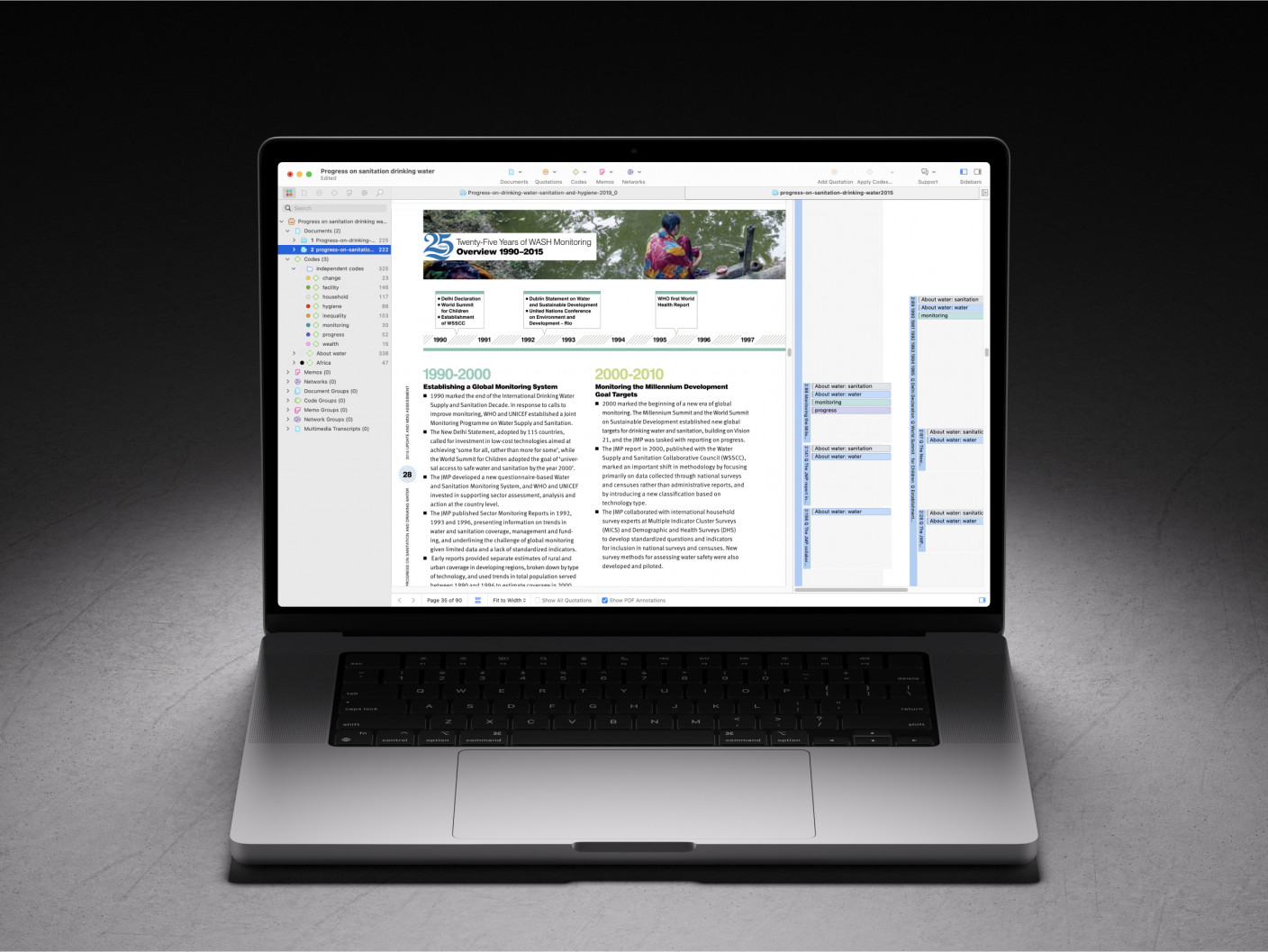What are the characteristics of descriptive research?
What are the characteristics of descriptive research?
Descriptive research is distinguished by a set of fundamental characteristics that set it apart from other research methodologies. Recognizing these features can help researchers effectively design, implement, and interpret descriptive studies.
Specificity in the research question
As with all research, descriptive research starts with a well-defined research question aiming to detail a particular phenomenon. The specificity ensures that the study remains focused on gathering relevant data without unnecessary deviations.
Focus on the present situation
While some research methods aim to predict future trends or uncover historical truths, descriptive research is predominantly concerned with the present. It seeks to capture the current state of affairs, such as understanding today’s consumer habits or documenting a newly observed phenomenon.
Standardized and structured methodology
To ensure credibility and consistency in results, descriptive research often employs standardized methods. Whether it’s using a fixed set of survey questions or adhering to specific observation protocols, this structured approach ensures that data is collected uniformly, making it easier to compare and analyze.
Replicability and consistency in results
Due to its structured methodology, findings from descriptive research can often be replicated in different settings or with different samples. This consistency adds to the credibility of the results, reinforcing the validity of the insights drawn from the study.
Examples of descriptive research
Numerous fields and sectors conduct descriptive research for its versatile and detailed nature. Through its focus on presenting things as they naturally occur, it provides insights into a myriad of scenarios. Here are some tangible examples from diverse domains:
Conducting market research
Businesses often turn to data analysis through descriptive research to understand the demographics of their target market. For instance, a company launching a new product might survey potential customers to understand their age, gender, income level, and purchasing habits, offering valuable data for targeted marketing strategies.
Evaluating employee behaviors
Organizations rely on descriptive research designs to assess the behavior and attitudes of their employees. By conducting observations or surveys, companies can gather data on workplace satisfaction, collaboration patterns, or the impact of a new office layout on productivity.

Understanding consumer preferences
Brands aiming to understand their consumers’ likes and dislikes often use descriptive research. By observing shopping behaviors or conducting product feedback surveys, they can gauge preferences and adjust their offerings accordingly.
Documenting historical patterns
Historians and anthropologists employ descriptive research to identify patterns through analysis of events or cultural practices. For instance, a historian might detail the daily life in a particular era, while an anthropologist might document rituals and ceremonies of a specific tribe.
Assessing student performance
Educational researchers can utilize descriptive studies to understand the effectiveness of teaching methodologies. By observing classrooms or surveying students, they can measure data trends and gauge the impact of a new teaching technique or curriculum on student engagement and performance.


